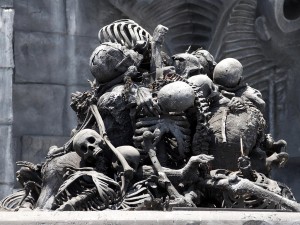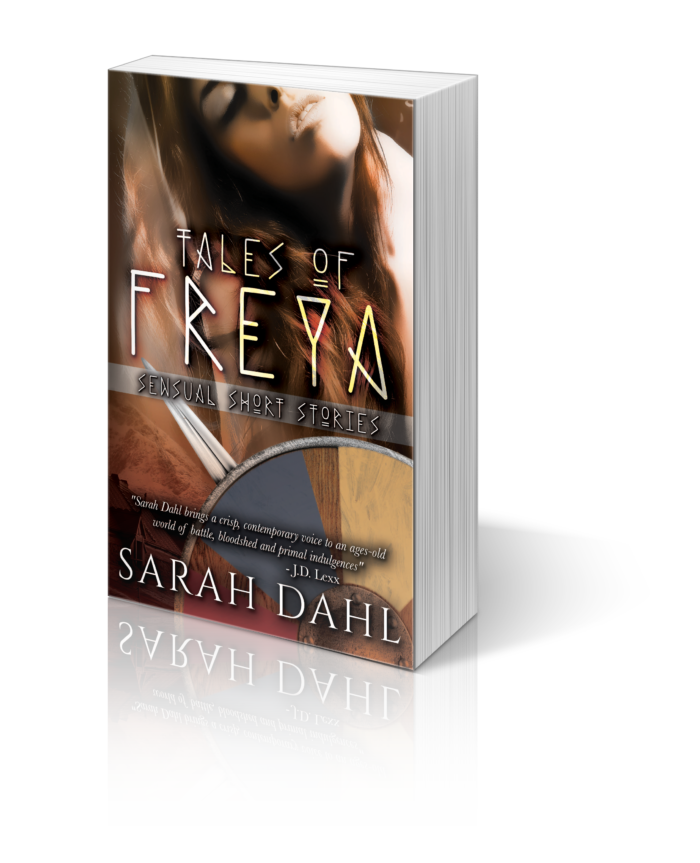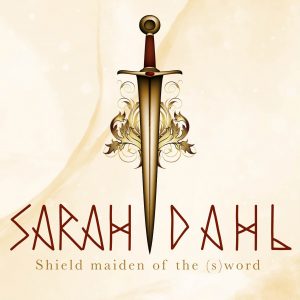On mourning a failed story …
 … and saving it again
… and saving it again
It happens to all of us. No matter where in our career we are, how long we’ve been doing this, professionally or not, no matter how many great ideas we have that turn into wonderful stories.
Some stories just don’t work out. We seem to have a failed story, all the work put in for nothing, we mourn.
We sit down and write the first draft of this really cool story idea, an idea that we think is original and exciting, and we have it all in your head, readers will just love it. Then we let it rest and give it to the first critique-partners (beta-readers, other writers, whatever). And we discuss it. And suddenly they’ll say: yes, good idea, well-crafted, interesting characters, vivid scenery, but …
The stumbling block 
And they point out something that doesn’t quite work/fit/feel right. In my case, that’s often logical things, plausibility (and I could write an entire blog post about logic in fiction and whether it has to always “work out logically” or not. How forgiving are readers, really? How can we tell/foresee what daring assumption they’d forgive and where we lose them by taking too much creative freedom in order to make your idea work? Yes, well, not today).
I’m a reader, and I’m not very forgiving myself. So whenever something in my stories makes me doubt, I have a serious problem. I agreed with my readers immediately, because unconsciously, the thing was nagging me before they even pointed it out.
The original skeleton — unrecognisable
I wrote the first draft of this novelette many months ago. It started out as an erotic romance piece. Originally, it should become part 2 in a trilogy of unusual Viking erotic encounters. And the thing nagging me, and which the reader also stumbled upon, was that an abused female would probably NOT want to become intimate with her saviour, even if it was her fiancé and they were stuck somewhere for a very long, boring time …
My first twist to this topic of hero saving heroine was to not let her be grateful and over the moon by his sudden appearance. I wanted it to have the (for me) more realistic reaction of her accusing him, fighting him. He’d not have an easy time calming her down from her initial shock of suddenly seeing him, after months endured in the hands of her cruel abductor. He’d have a hard time convincing her to trust him. She’s a fighter, she had to become one, because she had to fight for survival as captive and slave. She was abused. So we didn’t think it wasn’t at all logical that she’d want to get intimate with her man, not that soon and not with these emotional wounds. Or would she? We cannot tell how Viking women’s psychology worked, but I’d assume not entirely different from modern women.
So there went my initial idea of them being stuck, happily reunited, and having too much time to waste before they can safely escape. For me, the writer and originator of the story, it didn’t add up anymore, even for the sake of a little fun-read. Holy sh–
Remodelling the story-bones
I decided to tweak the story in a different direction to make it work. And I discarded the idea of them having sex, instead making it all more rational and plausible: they’d fight their way out of that prison and back to the boats together. To add tension and adventure and humour I included (and meticulously researched) an arrow wound, blood loss, a duel, a quirky friend, and a healer. They made it to the boats, the story ended with him asking for her hand in marriage. Happy-ever-after. Sniff.
And then reality hit me hard on the nose: my readers said it was a nice adventure story with some romance, fighting and humour in it. Nothing wrong with that.
Except that it didn’t work.
A strange story-skeleton with all the wrong bones
The way I wrote it didn’t make the story idea that original anymore. I tripped readers up by adding drama just to add tension and surprise, where my original idea was out of the window and I hadn’t replaced it with something equally exciting. I surprised them too much, one said, it felt forced. I could lose readers instead of entertaining them. Something just didn’t add up, from quite exactly the story’s middle onwards. The first half, the lead-up to my erotic scene, was fine as it was, and having cut the sex, the story lost all momentum and goal from there onwards. Everything I added was just to save the story — by making it into something it wasn’t.
So what happened? I was really confused, hurt (yes, when your story-baby is evaluated as mediocre this happens!) and stumped. I tried to analyse the failure with my two most-trusted betas. Why was my story nothing special anymore, despite the effort I’d put into the add-ons, the work-arounds? Why did the first half (where he fought her abductor, found her, was rejected and fought by her, and had to work hard to calm her down and hear her story out) work, and then it all fell apart? I made this half very psychological in a way, showing how slave-women must have felt, being abused and exploited on a daily basis. I paved the way for her NOT wanting him to touch her, where originally I wanted him to heal her with his touch. I destroyed the original erotic idea that way, but it was more plausible and realistic, I thought, so I cut the love-making and made the rest an adventure story. And still, my new second half without sex but much action and fighting didn’t work out either.
What had happened? Much head-scratching and heartache on my side.
Analysing the story-bones: what skeleton is it?
We analysed it together. The second half felt forced, readers sensed that I veered off my original track. Because of the doubts I had about the erotic nature of my idea, for it being unrealistic that they’d have sex. So I changed the entire genre for that story, and forced it to be something it wasn’t at the beginning.
Was the psychological reality of the female protagonist important enough to dump my first idea? At first, I thought so. But by altering it all, I lost my original idea and the story’s skeleton.  The bones fell apart, forming a heap at my feet, and I tried putting them back together as something different! I used a lot of glue to fix the stuff and add pieces I thought would give the thing stability and make it look like something else readers would recognise.
The bones fell apart, forming a heap at my feet, and I tried putting them back together as something different! I used a lot of glue to fix the stuff and add pieces I thought would give the thing stability and make it look like something else readers would recognise.
But they didn’t.
They couldn’t work out what I was showing them anymore, what strange creature I had built from the story-bones. It was unrecognisable to them, and — much as I hate genre-pigeonholing — therefore they didn’t know what to make of it. The skeleton was unstable, unoriginal and looked quite … unrecognisable. One could look at the thing like some interesting creature, yes, but many would discard it as too strange to enjoy.
So I had to admit to myself: by altering the second half and trying to make it more plausible, I had altered the genre, made it into something else, something undefined, and strange. Maybe steering away from an erotic climax and towards an action/adventure ending was the wrong decision. I should’ve listened to my gut. My very first idea.
Cutting the stumbling block down to size
How could I make it work again? I loved the original idea. It made for an exciting, new twist to an erotic encounter. So one reader suggested that instead of letting the one stumbling block of her psychology destroy the whole thing, I’d cut that stumbling block down to size:
Instead of altering the whole story and even change the genre in order to somehow make it work, I could cut the stumbling block (the one unrealistic piece) down to size and keep the original story idea. Ha. Somehow the thought of finally turning around and assembling my story bones back into what they should be, an erotic romance, appealed to me very much. Suddenly my misery about what had become of the bones disappeared.
I wanted to reassemble the skeleton into what it originally was: an exciting fun-piece, with some blood and action, but even more emotion and love-making. That. It would also fit right into my trilogy of Viking erotic romances. Tick. From a career point-of-view this appealed to me a lot, the portfolio of stories would look more consistent, because my first idea fitted right in.
Of course, being led astray by too much logic let me stretch my writing-muscles in a way I hadn’t planned, and technically it wasn’t bad, so it was a valuable writing-experience.
But now I’ll go back to the story’s roots. I have taken the skeleton apart again. The good bones (almost the entire first half) can stand on their own — they hold together without my tweaking and glueing. I could take out some of the minor bones, still, meaning: tighten the story. So I’ll start with that. Then the second half of my skeleton needs to be rebuilt. I’ll start with the backbone, the skeleton’s spine: the genre and what it implies. My original idea of a steamy encounter in the aftermath of fight and reconciliation. Of relief and love. It CAN work, I suddenly realise, once I diminish the major logical stumbling block of her abuse and hurt. I have to tone her bad experiences down to a level where she is still able to reach out to her saviour and maybe she’d crave his embrace and touch. Love can heal. They trust each other.
This was my original message with this story, before I went overboard with several diversions to avoid that one silly stumbling block. I’ll tone it down and — for a change — obey some genre-rules to not trip readers up.
And I learned: sometimes being too rational can destroy the soul of a story. And break its back until there’s no reassembling the pieces. I’ll start again, and listen to my gut this time!
Wish me luck — those two protagonists deserve to be together in the way I originally had planned for them 🙂
Which story ideas did you mourn at some point in your writing-life? Why? What went wrong while you assembled the bones into some strange creature that readers didn’t recognise? I bet we’ve all been there, and only by being open and honest about it we can learn and grow — so don’t be shy and let us know about your weird or funny story-skeletons!





Comments (0)